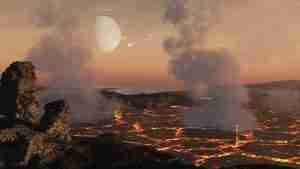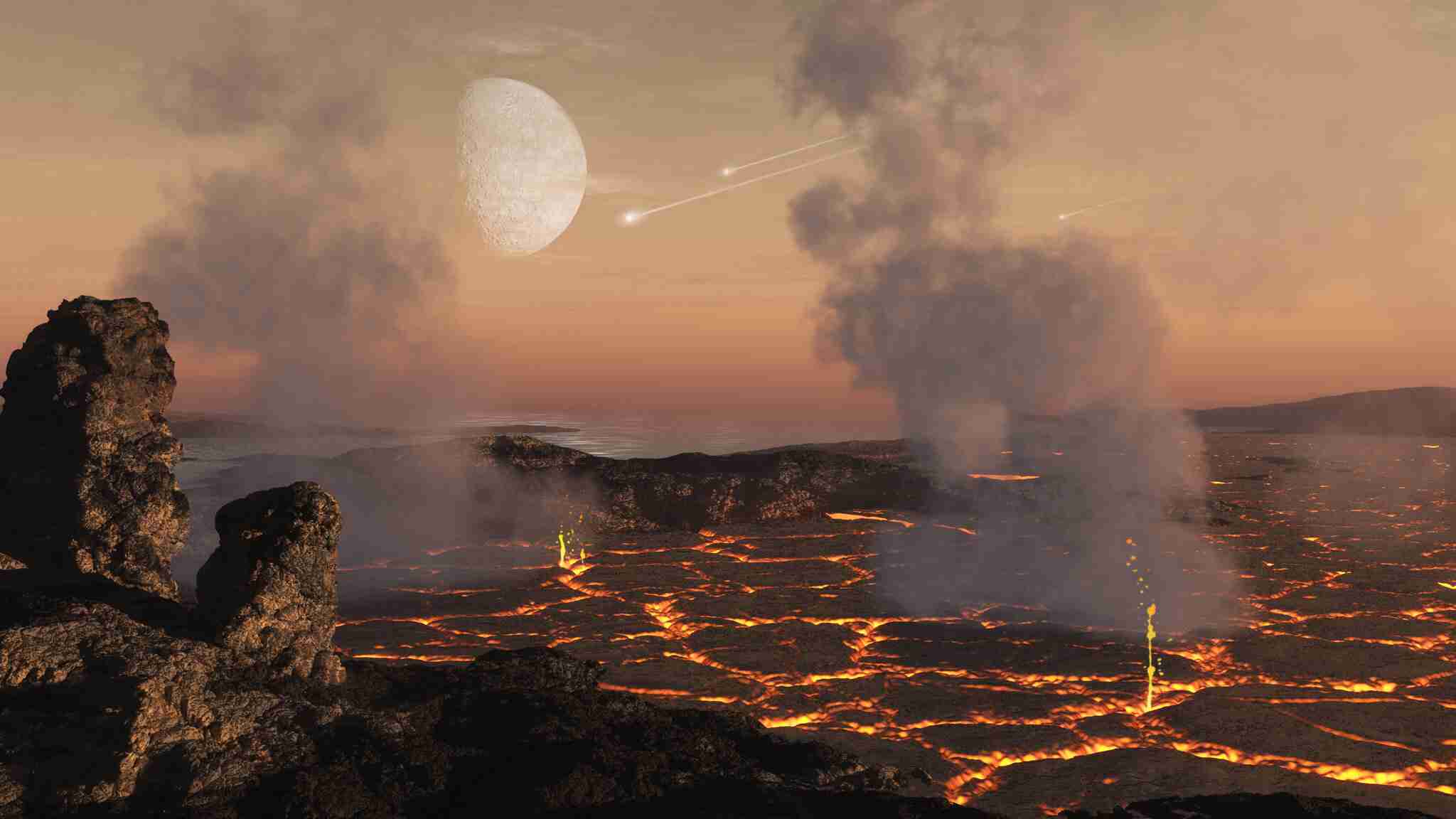Baked Meteorites Yield in Layers of the Atmosphere
Scientists at UC Santa Cruz cooked ancient meteorite pieces in a high-temperature forge and studied the gases that were emitted to conduct an unique laboratory analysis of the first Layers of the Atmosphere Layers of planetary bodies like Earth.
Their findings, which were released on April 15 in Natural Astronomy, imply that many standard assumptions employed in theoretical frameworks of planetary atmospheres may be incorrect when applied to the first atmospheres of celestial bodies.

Maggie Thompson, a doctoral student in physics and astronomy at UC Santa Cruz and the paper’s lead author, stated, “This knowledge will be vital when we’re able to monitor the extraterrestrial atmosphere with new scopes and improved technology.”
Where does Layers of the Atmosphere come from
Gases emitted from the surface of planetary systems are thought to make up the majority of their Layers of the Atmosphere during the start of their development due to strong melting during the formation of planetary construction blocks and subsequent volcanic activity.
Assistants of Earth and Planetary Sciences University co-author Miriam Tellus noted that “as the building parts of both a planet are come together, the material warms up and creates gases,” and that, if somehow the planet is big enough, these gases will be maintained as atmospheres. UC Santa Cruz to be precise. To put experimental limitations on that scenario, we are attempting to replicate in the lab conditions thought to exist during the formation of a planet’s atmosphere.
Various Tiers of a Planet’s Atmosphere
The scientists looked at three CM-type carbonaceous chondrites, a kind of meteorite whose composition is thought to be typical of the stuff from which the stars and planets are created.
‘These meteorites are left here on stuff that makes up the planetary systems in the solar system,’ Thompson added. Because chondrites are not as hot as other meteorites, they have preserved some of the solar system’s most primordial components, which may provide light on how the planets formed and their original configuration.
Read Also: International Space Station and NASA Astronauts
The team collaborated with physicists and materials experts to put up a furnace, mass spectrometer, and vacuum apparatus. While heating meteorite samples to 1200oc, the technology examined the gases released by the minerals inside the sample as they vaporised. Gases other than water vapour were also emitted; they included large volumes of carbon monoxide and dioxide as well as trace amounts of hydrogen and hydrogen sulphide.
Tellus claims that many Layers of the Atmosphere models take the Sun’s composition as given, with hydrogen and helium making up the bulk of the elements.
Components of Planetary Atmospheres
From the debris left behind by meteor impacts, she extrapolated that water vapour, following by carbon monoxide and carbon dioxide, would be the most abundant gases. Large planets like Jupiter that get the atmospheric out from solar nebula can get away with using solar abundance, but it’s thought that smaller planets get more atmosphere than they lose.
Based on the composition of meteorites, the researchers analyzed their findings to those predicted by a chemical equilibrium model. We find qualitatively comparable answers to those that the linear equation model was used to estimate, but there are also some discrepancies,” Thompson added. “When you want to know what occurs in the real world, nothing beats an experiment. To further limit theoretical concepts of exoplanet atmospheres, we want to achieve this for various meteorite kinds.”
Atmospheric Structure: 5 Levels
Though some scientists have heated meteorites for experiments, such studies served distinct aims and used other methodologies. Thompson remarked that no research were done to better explain outgassing using this approach, despite widespread interest in the topic of what happens to meteorites upon entry into Earth’s atmosphere.
The Murchison chondrite, whose landed in Australia on 1969, the Jbilet Winselwan meteorite, which was gathered in the Western Sahara through 2013, and the Aguas Zarkas meteorite, which landed in Costa Rica through 2019, were the three meteorites examined for this research.
Although Telus’s suggestion that we use meteorites from our own solar system to learn about exoplanets orbiting other star sometimes seems random, data from investigations of those other stars suggests that such material is really rather prevalent around other stars.






